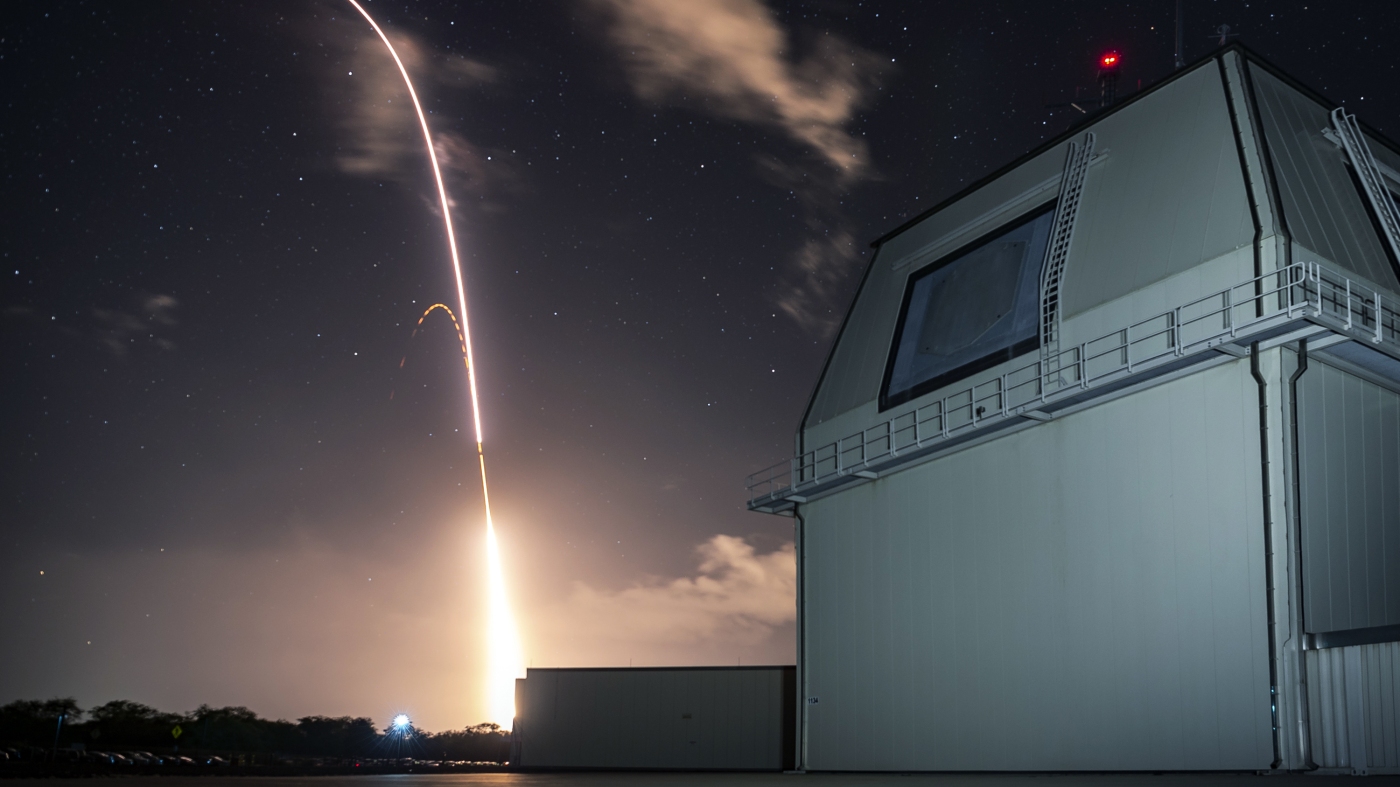President Trump’s Ambitious “Golden Dome” Missile Defense System: A New Era in Missile Defense?
In a move to bolster national security, President Trump has directed the Pentagon to re-evaluate the U.S. missile defense strategy, aiming to create an advanced system called “Golden Dome.” This initiative, described by Trump as a complex and costly undertaking, is set to include space-based interceptors to counteract emerging threats from abroad.
The “Golden Dome” concept is a significant departure from existing missile defense systems. According to an executive order and a speech earlier this year, the system will likely focus on space-based interceptors. This approach contrasts with Israel’s renowned Iron Dome, which primarily intercepts short-range rockets.
The U.S. Missile Defense Landscape: Challenges and Comparisons
Despite the effectiveness of Israel’s Iron Dome in recent conflicts, experts argue that the U.S. faces a different set of challenges. The geographical size and diverse topography of the U.S. make a similar system on American soil impractical. “It’s the difference between a kayak and a battleship,” notes Jeffrey Lewis from the Middlebury Institute of International Studies.
While Iron Dome addresses short-range threats, the U.S. faces long-range, high-speed intercontinental ballistic missiles (ICBMs) from countries like Russia and China. These ICBMs travel at hypersonic speeds, making them difficult to intercept with current technology.
Space: The Final Frontier for Missile Defense?
To effectively counter these advanced threats, the “Golden Dome” may need to leverage space-based technology. Such a system would involve deploying satellites to detect and intercept missiles during their launch phase, a window of mere minutes. Laura Grego from the Union of Concerned Scientists highlights the challenge: “You need a lot of things in space in order to have them at the right place at the right time.”
According to a study by the American Physical Society, a constellation of around 16,000 interceptors could be necessary to counter a rapid missile attack. The idea, once considered unfeasible, is now being reconsidered due to advancements in satellite technology. Elon Musk’s SpaceX, with its Starlink project, has already demonstrated the potential for large-scale satellite constellations.
Financial and Strategic Considerations
Booz Allen Hamilton has proposed a smaller constellation of 2,000 satellites as a potential starting point, estimating costs around $25 billion. However, maintaining such a system could demand annual investments of $4 to $5 billion, warns Lewis.
Despite the financial burden, some experts advocate for the initiative. Tom Karako of the Center for Strategic and International Studies sees it as a necessary deterrent, suggesting that non-nuclear missiles have become a preferred weapon in modern warfare.
Potential Global Repercussions
However, not everyone is convinced of its benefits. Critics caution that the “Golden Dome” could trigger a new arms race, as adversaries like Russia and China might expand their nuclear capabilities in response. Lewis warns of the risks, stating, “We will end up with vastly larger Russian and Chinese nuclear forces.”
Russia may already be preparing for this possibility by exploring ways to disrupt satellite constellations, potentially placing nuclear weapons in space to counteract U.S. advancements.
This article was originally written by www.npr.org






